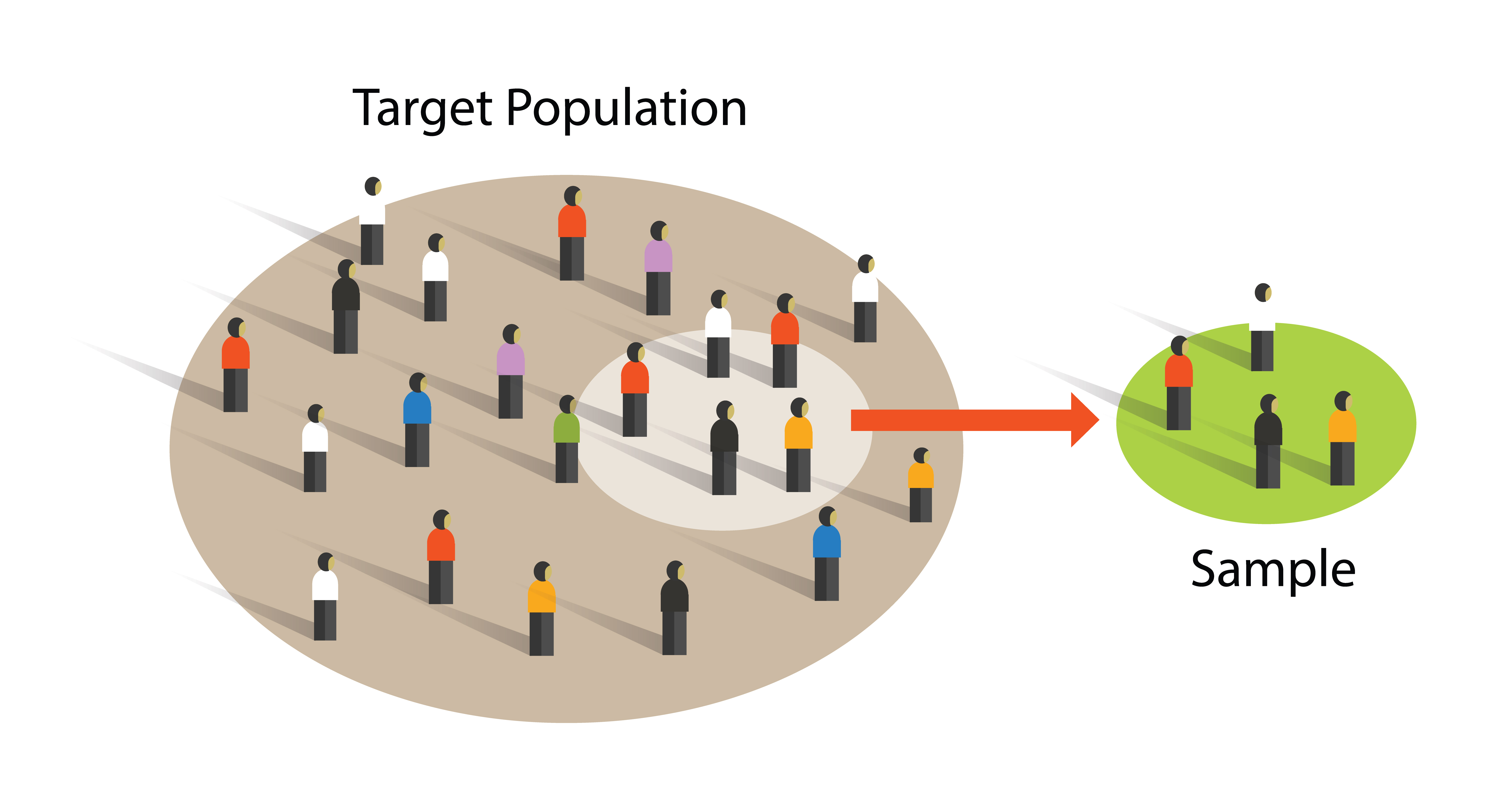Sampling is a reliable prediction tool that isn't only used in farming. Pollsters predicting election results or health agencies planning for the next Covid wave are all using samples of what's in the population now to make decisions about the future. Growers sampling trees to assess farm health are using the same general principles.
In all of these cases, the better your sampling techniques, the more accurate your data and the better your decisions.
Whether you’re tracking pests and evolving diseases, tree growth and productivity, or irrigation and soil health, you’re going to need data that adequately reflects the condition of your crops.
Revisiting Traditional Sampling

Sampling involves sending scouts to measure different characteristics of the trees in your grove. By collecting tree samples that represent a cross-section of trees in the grove, growers can get sufficient data to reflect grove health without checking on every single tree. This is often done by checking on a certain percentage of randomly selected trees, in the hopes of getting samples that offer a fair representation.
From a scientific perspective, random sampling can be helpful when there's not enough data about which trees best represent the entire grove. Yet, this sampling method involves costly and time-consuming scouting missions, where scouts often travel dozens of kilometers to distant groves and measure up to 100 trees per day.
What is Smart Sampling?
Smart sampling is a version of regular sampling, enabling scouts to gather better data and/or measure fewer trees. With regular sampling, scouts rely on a random selection of trees to represent the whole, while with smart sampling, scouts choose their samples based on the distribution of specific tree parameters. With samples that reflect the health, age, height, irrigation type, and canopy size of trees across the grove, the data can better reflect the reality on the ground.
Why Smart Sampling?
In sampling, timing is key: farmers must be able to spot diseases in their beginning stages so they can eradicate problems early and avoid infecting other trees. Let’s say that in a grove of 10,000 trees, half the trees are healthy while the other half are CIPO infected. Using the traditional sampling methods scouts would have to randomly sample approximately 100 trees to gather strong data. With smart sampling, however, the scouts could collect as few as two samples to be sure that both groups were represented. With as few as 10 or 20 samples, they'd get the same strong data they would have with 100 randomly selected samples.
Smart sampling creates a win-win situation, yielding more reliable data and requiring less time, money, and labor than regular sampling.
How To Do Smart Sampling:
Before starting the process, determine the units of measurement you intend to use: will you be measuring one grove or many? Define the most important parameters for your sampling, such as age, height, health, etc.
- Divide the trees into bins. For instance, divide the trees by age (in years): 0-4, 5-10, 11-15, etc. Or, create a more complex system that includes overlapping parameters, such as bins of trees ages 5-10 with a volume of less than 25m^3.
- Determine the percentage of trees in each bin. This is the tree parameter distribution. To ensure that you have chosen accurate bin ranges, calculate the standard deviation of the parameter values and ensure that the resulting values are homogenous enough. (There are a few metrics that you can use, such as per-class std, homogeneity score, and normalized mutual information between adjacent bins .)
- Choose a percentage of trees from each bin to sample. For example, if 10% of trees are 0-4 years old and 90% are 5-10 years old, and you want to sample 100 trees, then select 90 trees to sample from the 5-10 age group and 10 trees to sample from the 0-4 age-group.
- Using those numbers, choose random samples from within each bin.
Taking Smart Sampling to the Next Level
Farmers can further elevate their smart sampling practices through high-resolution imaging, a technique that enables you - from any digital device - to view infected or weak trees susceptible to disease and tree parameters such as canopy size, volume, and height.
High-resolution imaging is crucial for large-scale farms. One of our clients has millions of trees on thousands of hectares with 10,000 trees per grove. Using traditional sampling, the growers had to measure at least 100,000 trees. However, with SeeTree’s high-resolution per-tree imaging, mobile app, and customizable database, the agricultural company only had to sample 2,000 trees. That’s a 98% percent reduction in sampling.
Each SeeTree database can be tailored to store a variety of parameters at both the tree and grove level, including tree age, rootstock type, and sub-commodity. Our growers can then integrate each of these parameters, including the places they overlap, into a sophisticated smart sampling protocol.
Making Progress through Better Sampling Methods
It’s not easy to switch to smart sampling. It requires uprooting old habits and planting new ones in their place. But sampling can have high stakes. For example, a simple thing like incorrect yield forecasting can lead to insufficient manpower or wasted resources. That's why smart sampling, with its lower costs, faster results, and more reliable data, can be just what you need to scale up and improve your bottom line.